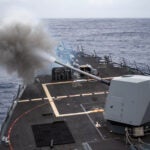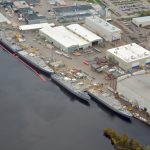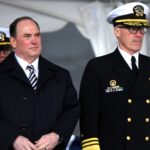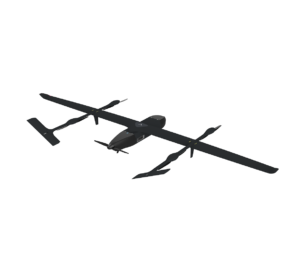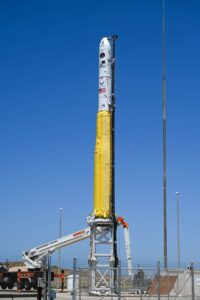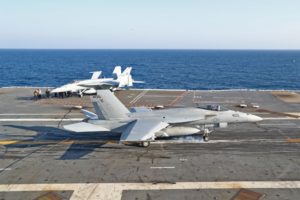
A new Congressional Budget Office (CBO) report found that while the Navy Department uses two separate databases to track aircraft availability the newer one is better at predicting actual flying hours. The Navy uses both the older Decision Knowledge Programming for Logistics Analysis and Technical Evaluation system (DECKPLATE) and Aviation Maintenance Supply Readiness Report system (AMSRR). DECKPLATE is an older system while AMSRR was introduced in the mid-2010s. In the report released July 17, CBO analyzed monthly aircraft-level data from…

 By
By 